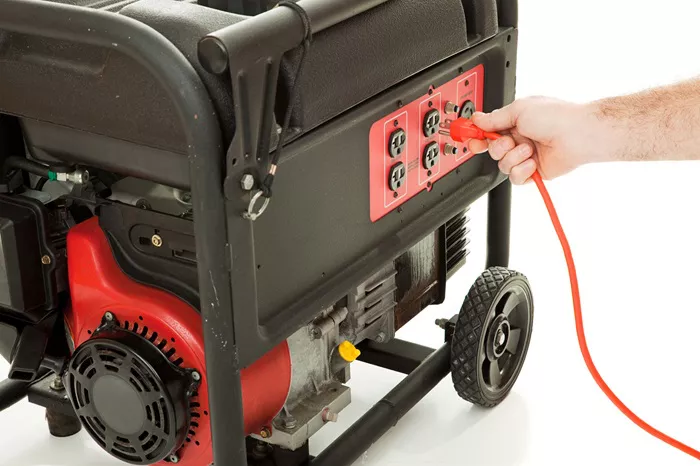When the power goes out, a home generator keeps your essential appliances running. But choosing the right generator depends on understanding wattage requirements. This guide explains how to calculate the wattage needed for your home generator, covering essential electrical concepts and practical tips.
Understanding Wattage & Power Requirements
What Is Wattage?
Wattage (measured in watts, W) indicates how much power an electrical device consumes. Generators are rated by their maximum wattage output, so knowing your home’s total wattage demand ensures you pick the right size.
Key Electrical Terms
Volts (V): Electrical pressure (standard U.S. homes use 120V or 240V).
Amps (A): Current flow (how much electricity a device draws).
Watts (W): Power consumption (calculated as Volts × Amps).
Starting vs. Running Watts: Some appliances (like refrigerators) need extra power at startup (starting watts) but less to keep running (running watts).
Calculating Your Home’s Wattage Needs
List Essential Appliances
Identify which devices you want to power during an outage. Common essentials include:
- Refrigerator (600–800 running watts, 1,200+ starting watts)
- Lights (60–100W per bulb, LED bulbs use less)
- Sump pump (800–1,500W)
- Furnace fan (500–1,200W)
- Microwave (600–1,200W)
- Window AC unit (1,000–1,500W)
Check Appliance Wattage
Look for labels on devices or check manuals for wattage. If only amps are listed, calculate watts: Watts = Volts × Amps
Example: A 5A, 120V fridge uses 5 × 120 = 600W running power.
Add Up Running Watts
Sum the running watts of all devices you’ll use simultaneously.
Example:
- Fridge: 600W
- Lights: 200W
- B 800W
- Total: 1,600W
Account for Starting Watts
Add the highest starting wattage (usually fridge or AC) to your running total.
Example:
- Fridge starting watts: +1,200W
- Total needed: 1,600W + 1,200W = 2,800W
Choose a Generator Size
Select a generator with a rated wattage higher than your total. For the example above, a 3,000–4,000W generator is ideal.
Generator Types & Their Wattage Capacities
Portable Generators (3,000–8,500W)
- Best for powering essentials (fridge, lights, small AC).
- Requires manual setup and fuel (gasoline/propane).
Inverter Generators (1,000–4,000W)
- Quieter, fuel-efficient, good for sensitive electronics.
- Lower wattage limits mean careful load management.
Standby Generators (7,500–20,000W+)
- Permanently installed, auto-start during outages.
- Powers entire homes (HVAC, water heater, etc.).
Tips for Efficient Generator Use
Prioritize Needs: Focus on essentials first (fridge, heating, medical devices).
Stagger Usage: Avoid running high-watt devices (microwave, AC) simultaneously.
Use Extension Cords Safely: Heavy-duty cords rated for generator use prevent overheating.
Maintain Fuel Supply: Store extra gasoline or propane (safely) for long outages.
Common Mistakes to Avoid
Undersizing: A too-small generator may overload and fail.
Ignoring Starting Watts: Not accounting for surge watts can trip the generator.
Overloading Circuits: Plugging too many devices into one outlet risks damage.
Conclusion
Always consult an electrician if unsure. Proper wattage calculation ensures your generator runs smoothly when you need it most. This guide simplifies complex electrical concepts while providing actionable advice. By following these steps, homeowners can confidently select the right generator wattage for their needs.

